I am sure learning was this much fun when I was younger, but I can’t remember.
Today in class we shared our ten metaphors of a famous person. It was very informative. Here is another one of mine that I was quite proud of: “He is the salted ham that leaves you thirsty and the ill-tasting tap water that will not quench the thirst.” One more: “He is a street, whose directional signs have all been changed by pranksters, upon which everyone now becomes lost.” Our goal was to craft metaphors written so well that they did not need explanation. Additionally they had to be true for the person about whom we were writing.
We compared and contrasted the difference between authors showing readers something and authors telling readers something. We looked at the techniques of description, narrative summation, and immediate scene. Our evening’s assignment is to write a six-line immediate scene. Immediate scenes are the portions of any piece of prose where the action occurs before the reader’s eyes. The rule of thumb is if you can film it, it is an immediate scene. Many novels use narrative summaries between immediate scenes to tell their stories.
It’s Friday. The day did not break. The clouds that rolled in sometime during the night remained low and heavy. The rain was steady and unrelenting. I’ve discovered that Englishmen and Englishwomen, in the face of such weather, simply remark, “Lovely weather.” They are the lords and ladies of irony.
Last evening I went to see “A Midsummer Night’s Dream” in the gardens of Oxford’s Wadham College. The actors were from major theater companies throughout the United Kingdom, most from London. It was well done. The director exaggerated the physical humor aspects of the play to the crowd’s delight. I tried to remember the last time I belly-laughed at a Shakespeare production. It was nice to hear the play’s language spoken so well by native speakers, not that Americans are not native speakers of the English language, but you know what I mean.
In the afternoon, whose weather was unnatural (that’s the English word for clear, sunny, and warm) I visited the Oxford University Museum of Natural History and the Bodleian Library’s Italy’s Three Crown’s exhibit. The Christ Church mathematician Charles Dodgson, better known as Lewis Carroll, frequented the Museum of Natural History often. It is where he got the ideas for the characters that inhabited the adventurous stories he told the college dean’s young daughter, Alice Liddell. The flamingo croquet mallet and the hedgehog ball were there. So too was the dodo and the duck, the tortoise and the owl and so on.
The Three Crown’s exhibit featured the three earliest and most influential Italian writers – Dante, Petrarch, and Boccaccio. On display were original manuscripts as well as first printed editions of Dante’s Divine Comedy (1306), Petrarch’s Book of Poems (1336), and Boccaccio’s Decameron (1349). I discovered that the Bodleian contains one of the most important collections of Italian literary works outside Italy.
Believe it or not, there was still time to sit quietly and read in the Meadow Quad’s walled Master’s Garden. From my perch, I could see the spires of the chapels of at least six colleges. At six o’clock, their bells all begun to toll at once, just enough out of sync with one another on the hour as to provide an enchanting echo effect.
That’s it for the moment. Peace.
Saturday, July 21, 2007
Subscribe to:
Post Comments (Atom)
Links worth visiting
- Dan Kimball's website -- Dan is author of The Emerging Church and pastor of Vintage Church, Santa Cruz, CA
- Calvin Church, Zelienople, PA
- Calvin Institue of Christian Worship
- William and Mary's DOG Street Journal
- Brian McLaren's hompage -- author, speaker, activist
- Isabella Stewart Gardner Museum, Boston, MA
- JFK Presidential Library and Museum, Boston, MA
- My writing instructor at Oxford's Summer School
- Homepage for Oxford University's Oxford Experience
- Simon Fraser University Pipe Band
- One of the guitarists with whom I studied in Maryville
- For the bluegrass music fan with details about the bluegrass guitar camp I will be attending
- Montreat: The starting point for hiking western NC's Blue Ridge wilderness
- For citizens of Red Sox Nation
- My home and place of study while in Glasgow, Scotland, UK
- Here's the site of the bluegrass guitar camp in the TN Smokies
- Take a virtual tour of Cooperstown's Baseball Hall of Fame
- Barnwell Inn: My B&B home away from home in Cooperstown, NY
- First Presbyterian Church, Winchester, VA, USA







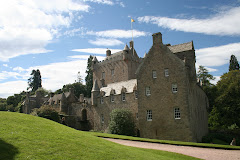
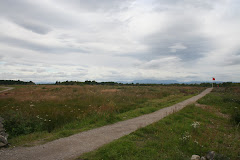

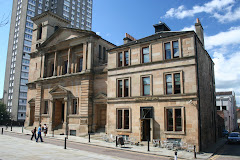

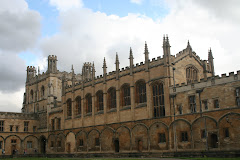

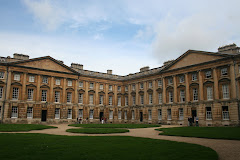
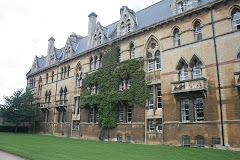
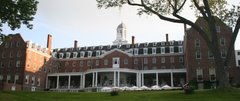

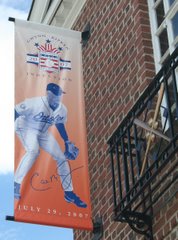
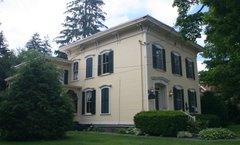

No comments:
Post a Comment